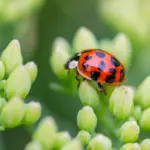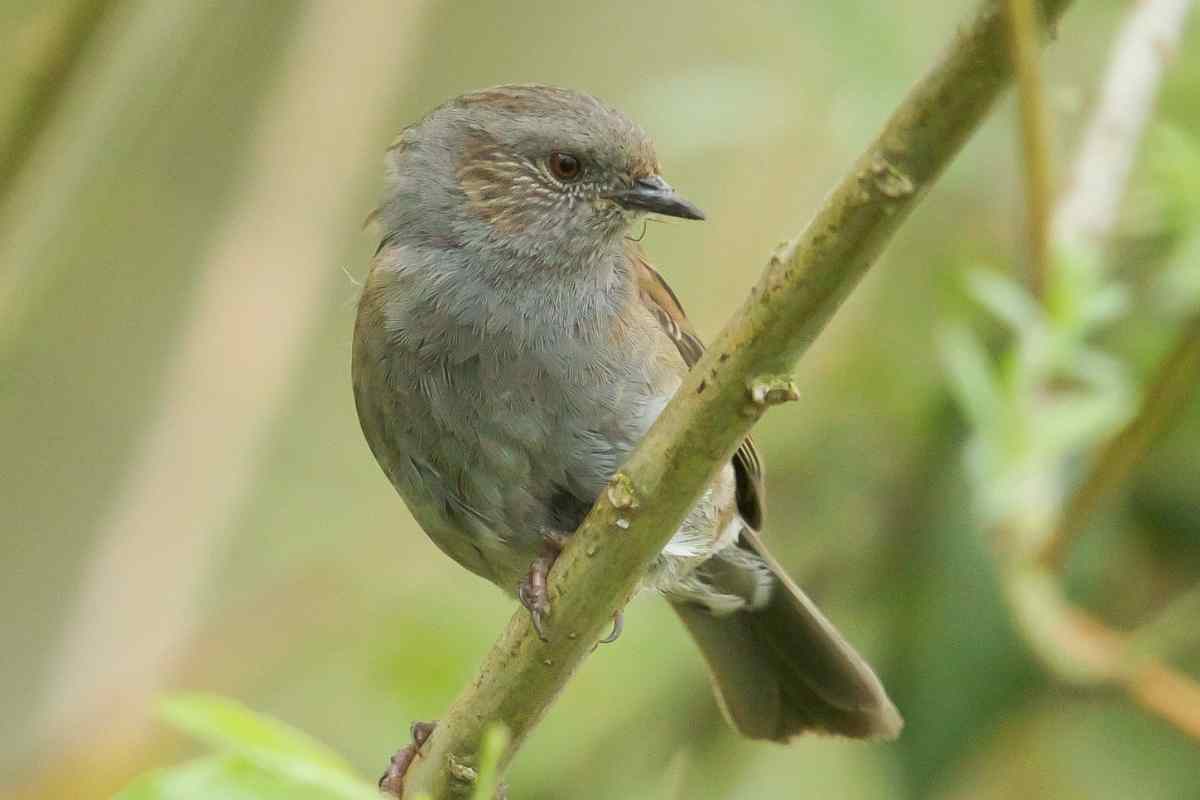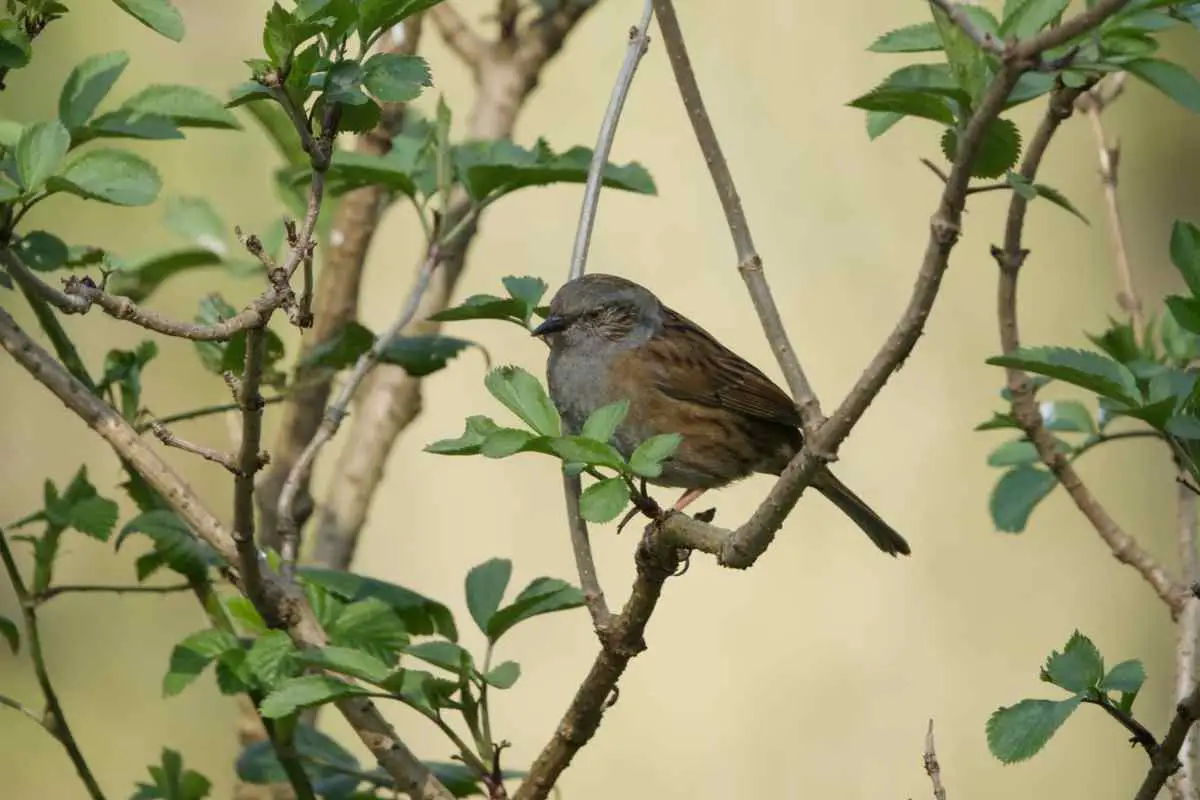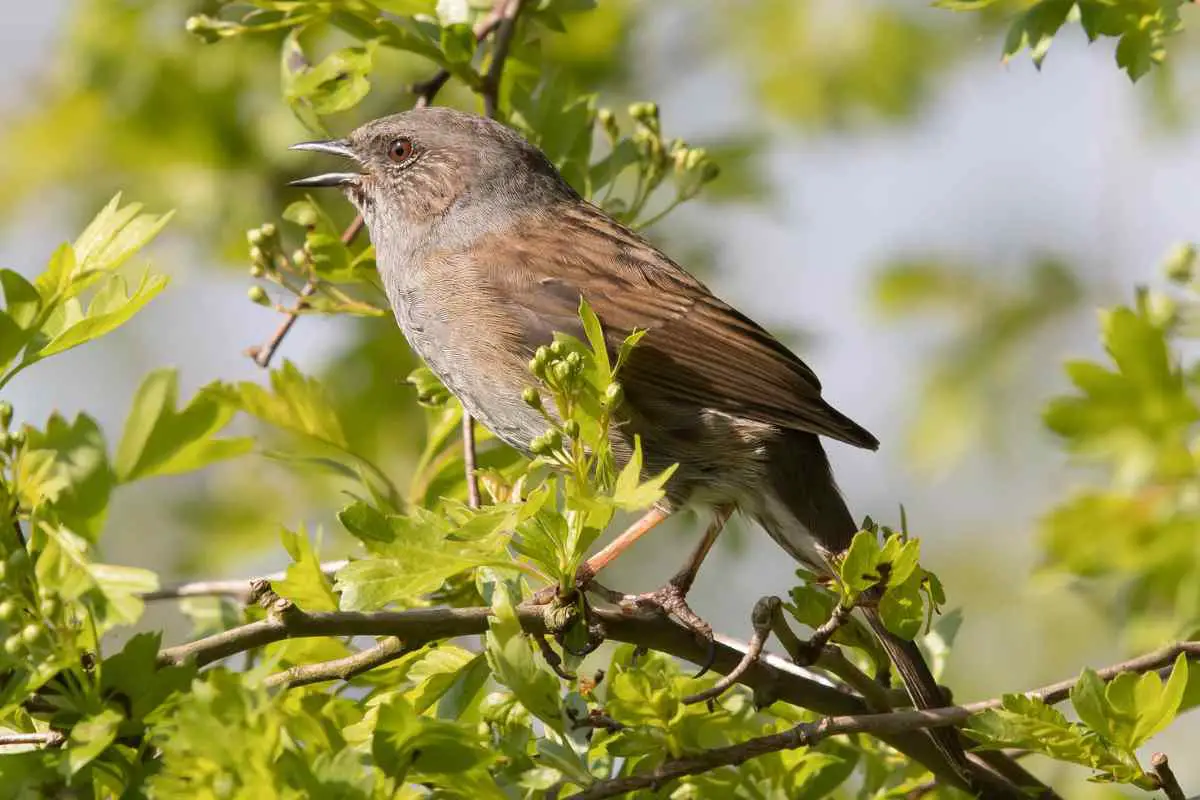Ladybirds, also known as ladybugs, are well-loved insects that are commonly found in gardens and parks.
Not only are they aesthetically pleasing, but they also play a vital role in the ecosystem by controlling pests and pollinating plants.
One way to attract these beneficial insects to your garden is by providing them with a ladybird house. But where is the best place to put a ladybird house?
In this article, we will explore the different factors to consider when choosing the perfect location for your ladybird house.
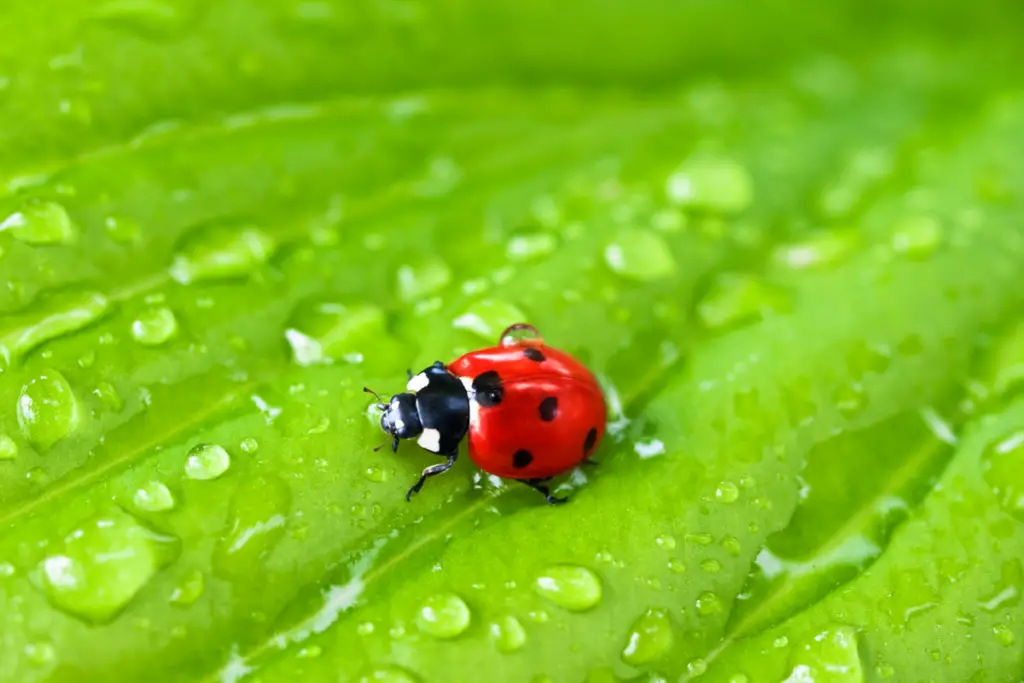
Table of Contents
Understanding Ladybirds
Before discussing the best place to put a ladybird house, it’s essential to understand a bit about ladybirds.
Ladybirds are small, round, and brightly colored insects that are often seen crawling on leaves or flying through the air.
There are over 5,000 species of ladybirds worldwide, with different types preferring different habitats.
In general, ladybirds are attracted to areas with plenty of food sources, shelter, and places to hibernate during the winter.
Factors to Consider When Choosing a Location
When choosing a location for your ladybird house, there are several factors to consider, including:
Sunlight
Ladybirds prefer areas with partial shade to full sun. A ladybird house placed in direct sunlight may become too hot, causing the insects to seek shelter elsewhere.
Shelter
Ladybirds need shelter to protect themselves from predators and harsh weather conditions. Placing the ladybird house near plants, shrubs, or other structures can provide the necessary shelter.
Food Sources
Ladybirds feed on aphids and other small insects. Placing the ladybird house near plants that attract aphids can increase the likelihood of ladybirds taking up residence.
Height
Ladybirds prefer to be off the ground and may not use a ladybird house placed too close to the soil. Placing the ladybird house at least 30cm off the ground can help attract more ladybirds.
Protection from Wind
Ladybirds are lightweight and can easily be blown away by strong winds. Placing the ladybird house in a sheltered area can help protect it from wind damage.
Best Places to Put a Ladybird House
Now that we’ve covered the different factors to consider when choosing a location for your ladybird house let’s explore some of the best places to put a ladybird house.
Near Plants that Attract Aphids
As mentioned earlier, ladybirds feed on aphids and other small insects. Placing your ladybird house near plants that attract aphids, such as roses or fruit trees, can help attract ladybirds to your garden.
In Partial Shade
While ladybirds prefer sunlight, placing your ladybird house in an area with partial shade can help prevent the house from becoming too hot during the summer months.
In a Sheltered Area
Placing the ladybird house in a sheltered area, such as under a tree or near a building, can help protect it from wind damage while also providing the necessary shelter for the ladybirds.
In a Raised Garden Bed
Placing your ladybird house in a raised garden bed can provide the necessary height while also ensuring that the ladybirds have access to food sources and shelter.
Near a Water Source
Ladybirds need access to water, just like any other insect. Placing your ladybird house near a water source, such as a bird bath or pond, can help attract ladybirds to your garden.
What should I look for in a ladybird house?
Look for a ladybird house with plenty of ventilation and small entrance holes to keep out larger predators.
Prices pulled from the Amazon Product Advertising API on:
Product prices and availability are accurate as of the date/time indicated and are subject to change. Any price and availability information displayed on [relevant Amazon Site(s), as applicable] at the time of purchase will apply to the purchase of this product.
How often should I clean my ladybird house?
It’s recommended to clean your ladybird house at least once a year to prevent the buildup of mold or pests.
Will ladybirds eat my plants?
No, ladybirds feed on aphids and other small insects, not plants.
How do I know if ladybirds are using my ladybird house?
Look for signs of activity, such as eggs or ladybird larvae, and check for the presence of ladybirds in the surrounding area.
Can I make my own ladybird house?
Yes, there are many DIY ladybird house plans available online that use simple materials such as wood and bamboo.
Conclusion
Ladybirds are a beneficial insect to have in your garden, and providing them with a ladybird house can help attract them to your yard.
When choosing the best location for your ladybird house, it’s essential to consider factors such as sunlight, shelter, food sources, height, and
protection from wind. Placing the ladybird house near plants that attract aphids, in partial shade, in a sheltered area, in a raised garden bed, or near a water source are all excellent options for attracting ladybirds.
Remember to regularly clean your ladybird house to prevent the buildup of mold or pests. Additionally, avoid using pesticides or insecticides in your garden, as these can harm ladybirds and other beneficial insects.
In summary, there is no one-size-fits-all answer to the question of where to place a ladybird house. Factors such as sunlight, shelter, food sources, height, and protection from wind all play a role in determining the best location.
By taking these factors into account and choosing a suitable location, you can help attract ladybirds to your garden and promote a healthy ecosystem.
- How to Build a Planter Box for Bamboo: A Step-by-Step Guide

- Can Robotic Lawnmowers Handle Steep Slopes?

- Do You Need a Specific Lawn for a Robotic Lawnmower? Expert Advice

- Are Robotic Lawnmowers Safe for Pets and Children? Safety Features of Robotic Lawnmowers

- Why Use Robotic Lawnmowers? Advantages of Using a Robotic Lawnmower

- Is the GARDENA SILENO City 300 Cordless or Corded? A Clear Answer












